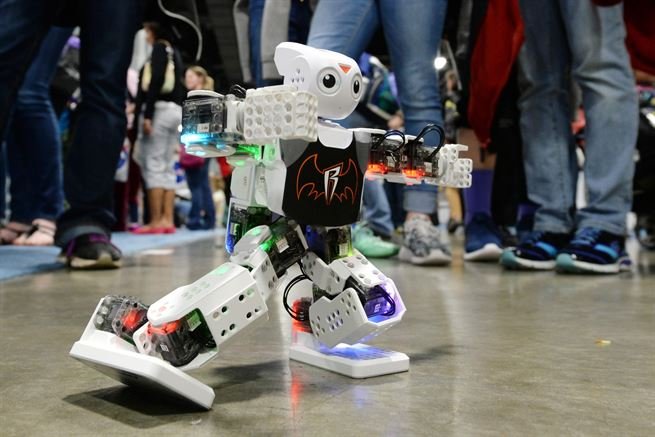Now, a little more than 40 years later, we do have the technology to rebuild human beings—or parts of them, at least. As these ten bionic innovations that could change medicine indicate, it may not be much longer before we can completely “rebuild” injured men and women.

As a result of age-related macular degeneration, British pensioner Ray Flynn lost his ability to distinguish faces in 2009. His quality of life improved drastically in 2015, when he received an electrical implant that transmits a video feed to healthy cells in his retina. A tiny camera attached to his glasses captures the video. He can now recognize faces again as well as read. He can see his TV more clearly, too. Most amazing of all, he can see even with his eyes closed, thanks to his video glasses.

In some cases, gene therapy may work with bionic technology to improve hearing. Most hearing loss takes place between the hair cells in the cochlea and the auditory nerve. Cochlear implants alleviate this by simulating the auditory nerve with tiny electrodes. However, when auditory nerves are damaged, the signals sent by the electrodes must be stronger, which muddles the resulting sound. The only way to refine the sound is to repair the auditory nerves.
That’s where gene therapy comes into play. In tests, such therapy has caused “shriveled” auditory nerves to regrow. More specifically, Jeremy Pinyon, an auditory scientist at the University of New South Wales, and his team administered a gene-encoding neurotrophin, a protein which stimulates nerve growth, to cells in the inner ears of deaf guinea pigs. This resulted in auditory nerve regeneration, allowing the animals to hear again. Although the procedure won’t be ready for clinical use for some time, it shows promise as a way to produce bionic ears enhanced through gene therapy

The ability to regenerate teeth and prevent cavities using bionic technology is possible in the near future, as dentists use bioactive replacements to battle tooth decay. Dr. Ana Angelova Volponi says research toward creating such “bioteeth” has made big advances by using adult gingival stem cells. Although the development of bioteeth may be possible, experts differ on the practicality of growing teeth as a routine dental practice. However, research continues, some of it involving 3-D printing, in the hope that, in the future, we’ll be able to grow replacement teeth.[3]

Medicine is one of the fields that is ripe for disruption. In many ways, we are still in the dark ages. Technology is going to penetrate this industry in a big way over the next 10 years. My view is that we will look back and laugh that we debated of how to pay for healthcare. The impending disruption is going to decrease costs substantially over time.
@originalworks
To call @OriginalWorks, simply reply to any post with @originalworks or !originalworks in your message!
To nominate this post for the daily RESTEEM contest, upvote this comment!
For more information, Click Here!
Hi! I am a robot. I just upvoted you! I found similar content that readers might be interested in:
http://listverse.com/2017/09/11/10-bionic-innovations-that-could-revolutionize-medicine/
I am looking forward to the day that we can regrow teeth. Thanks for posting this!
interesting post
good job